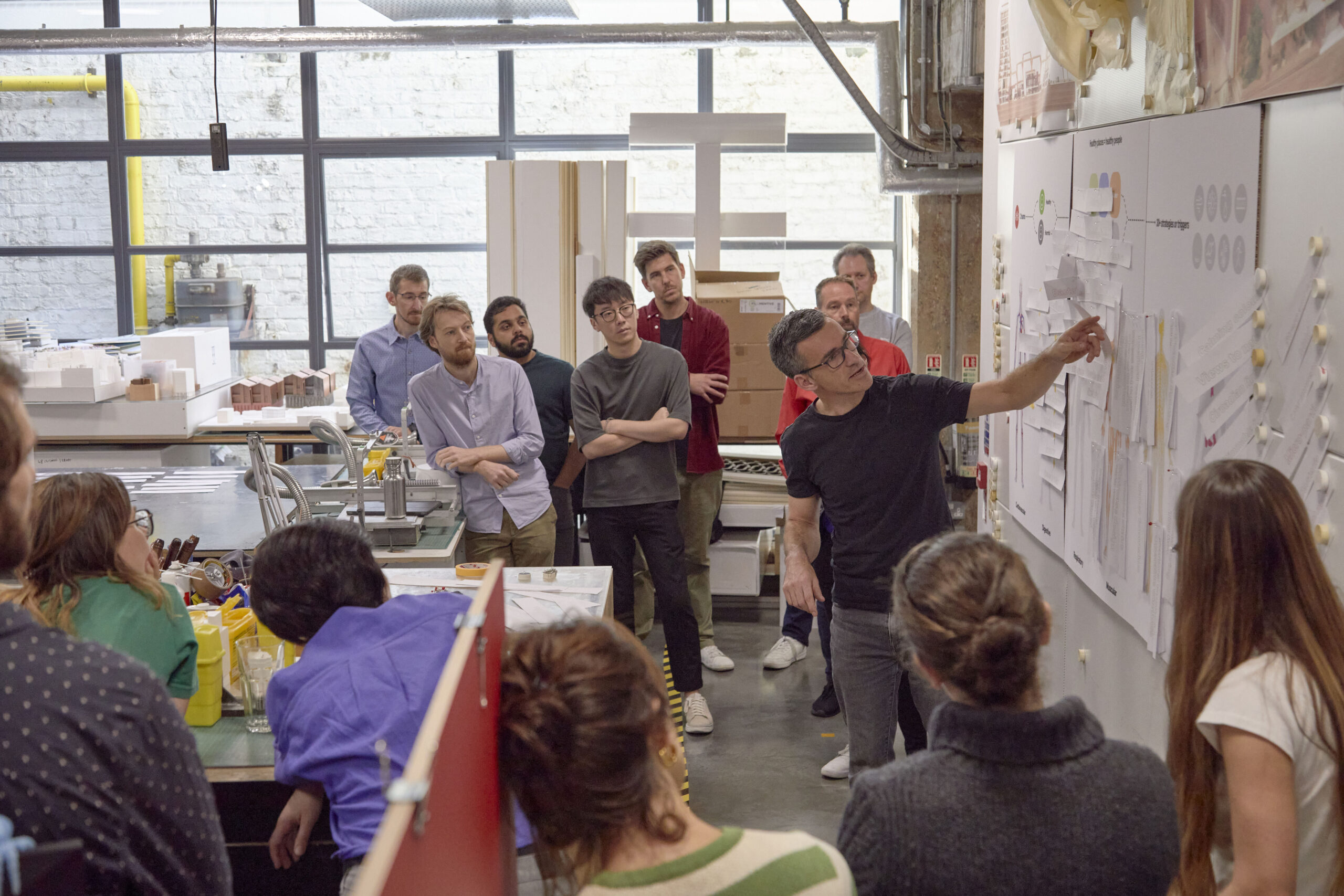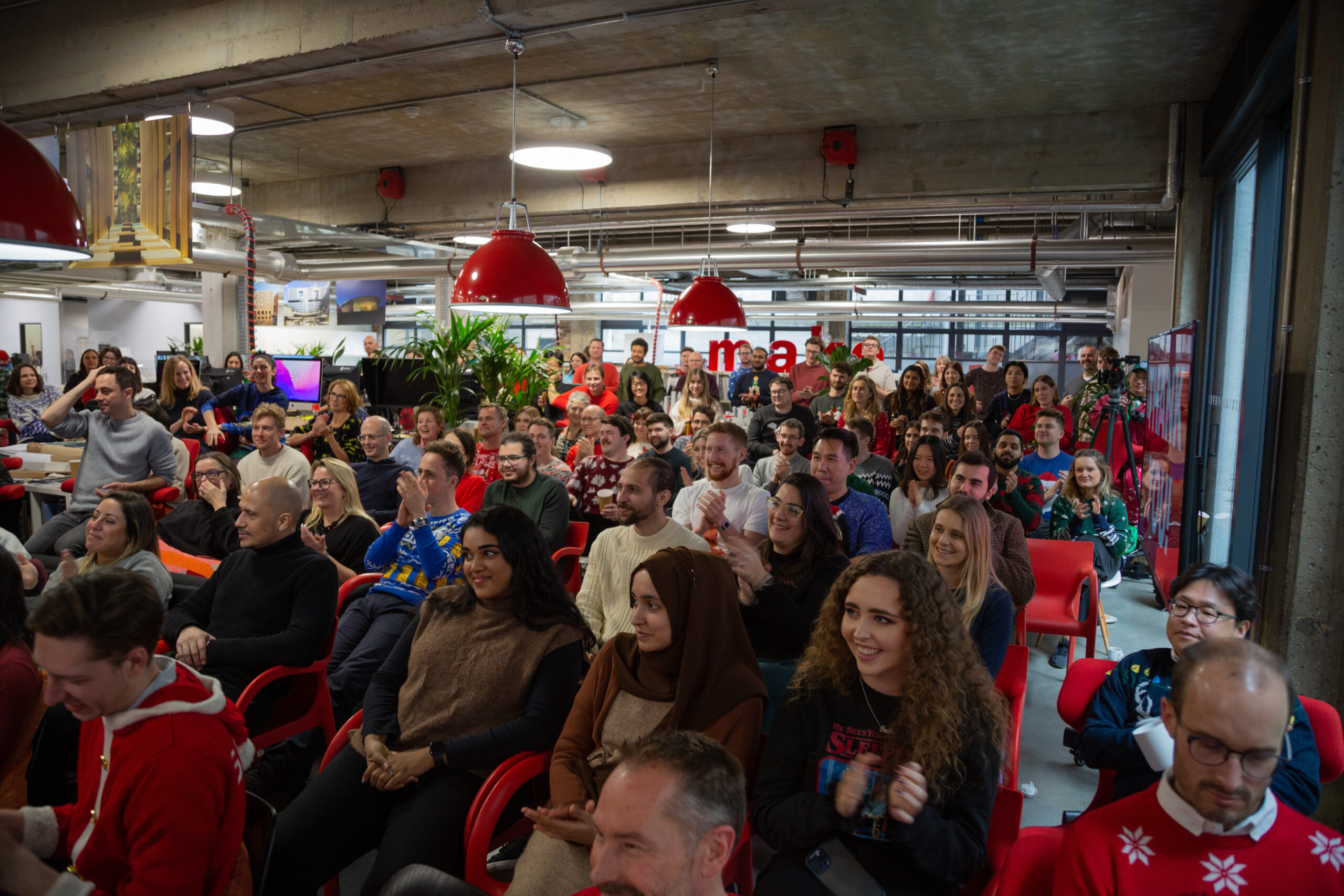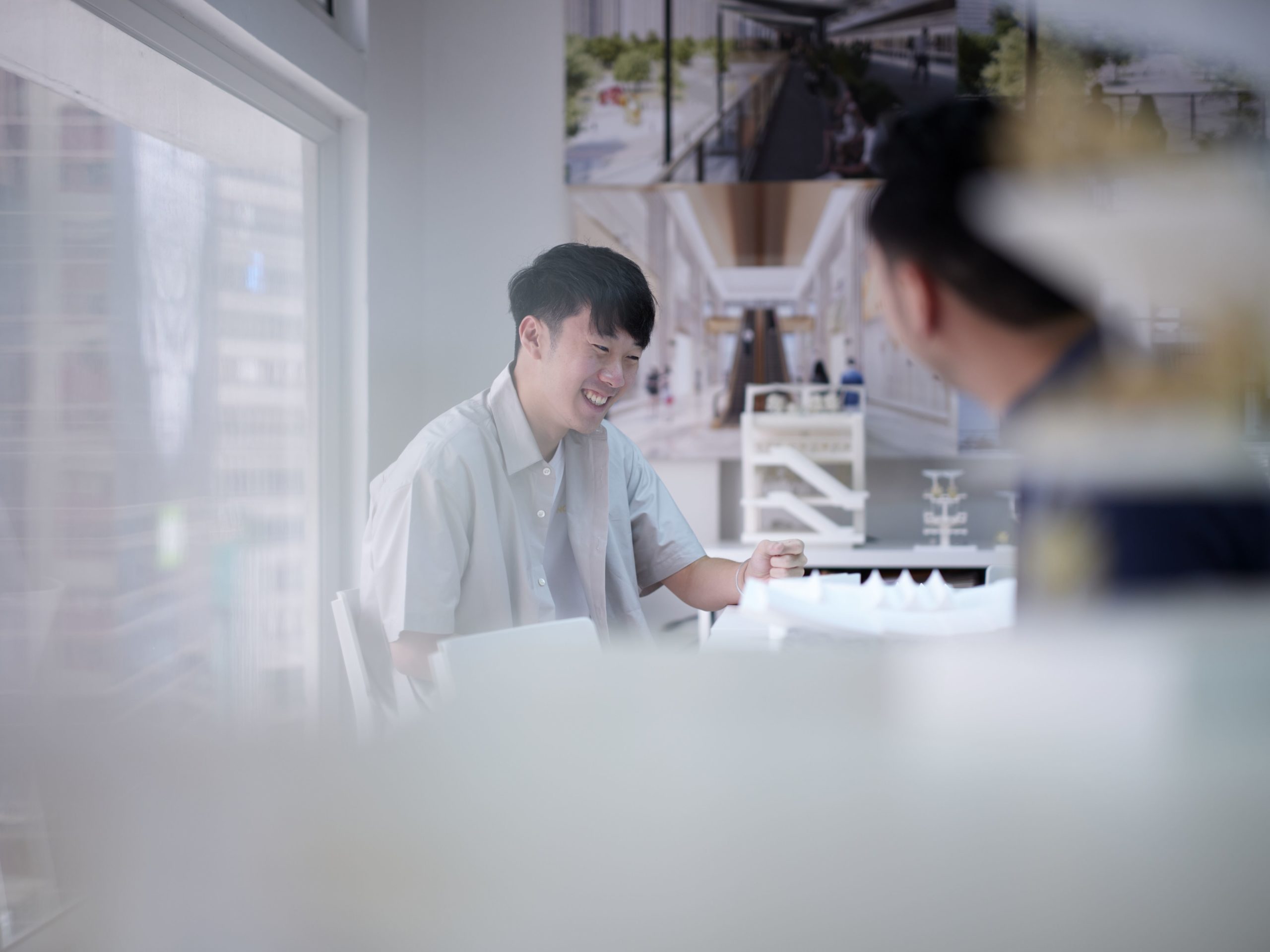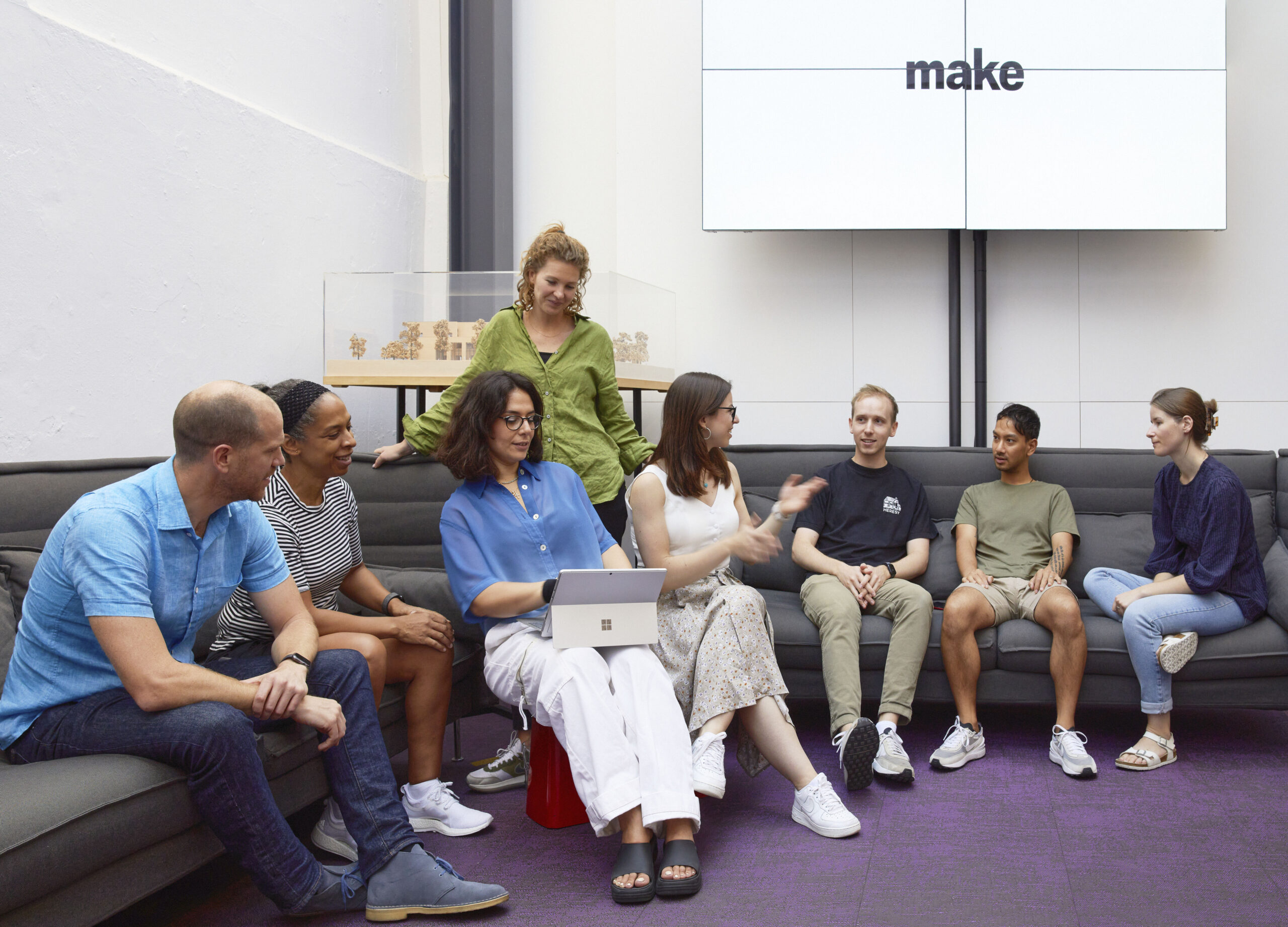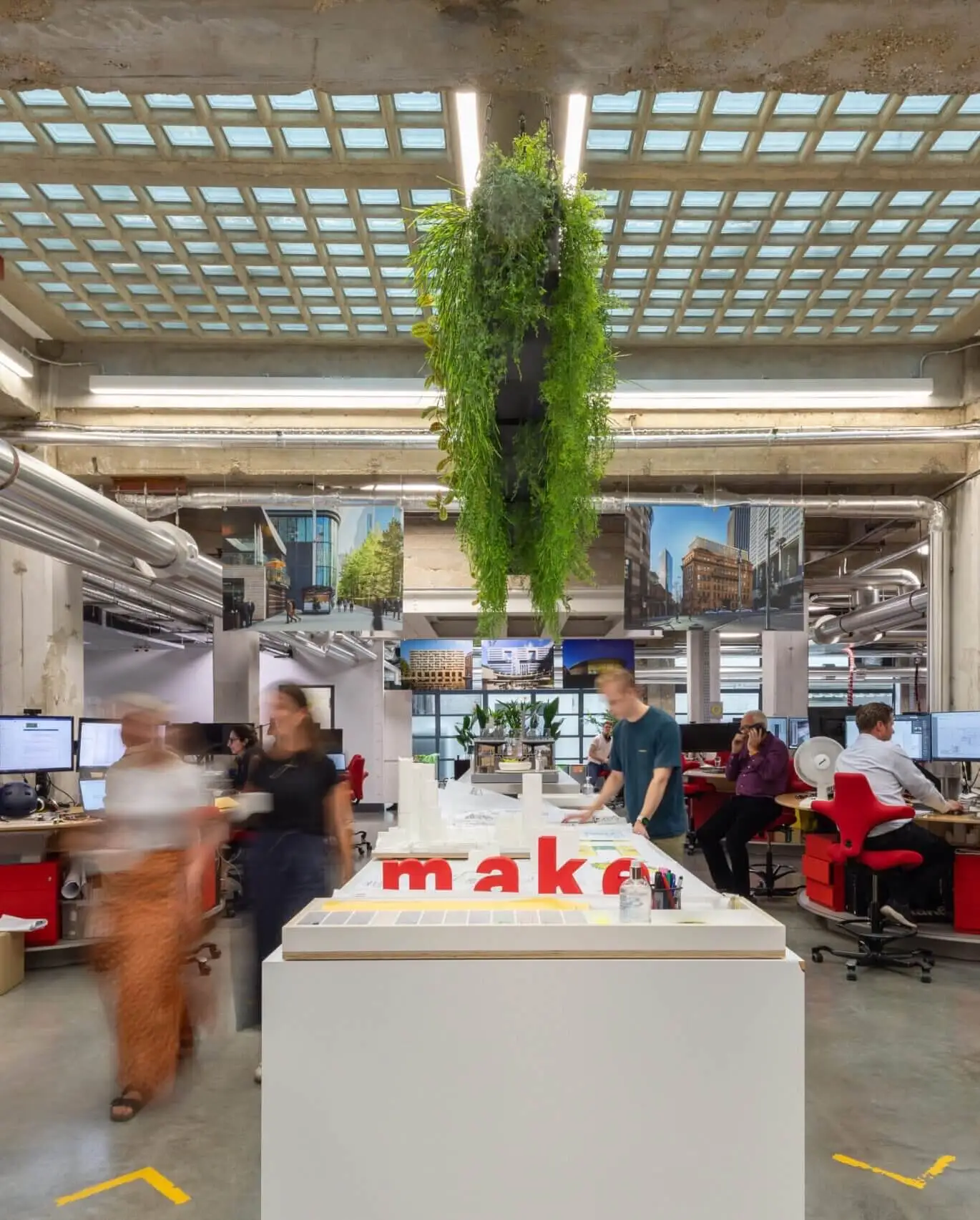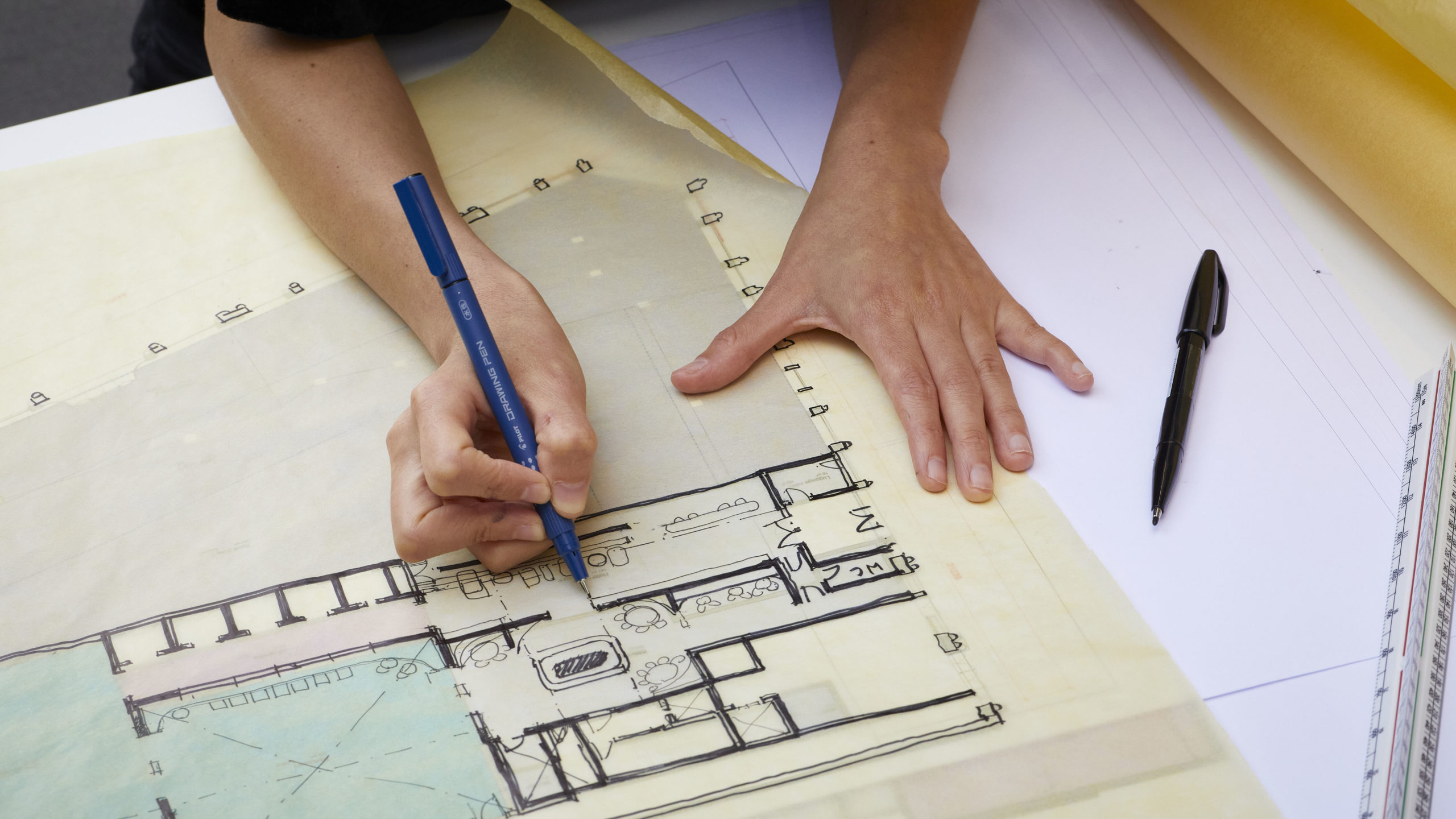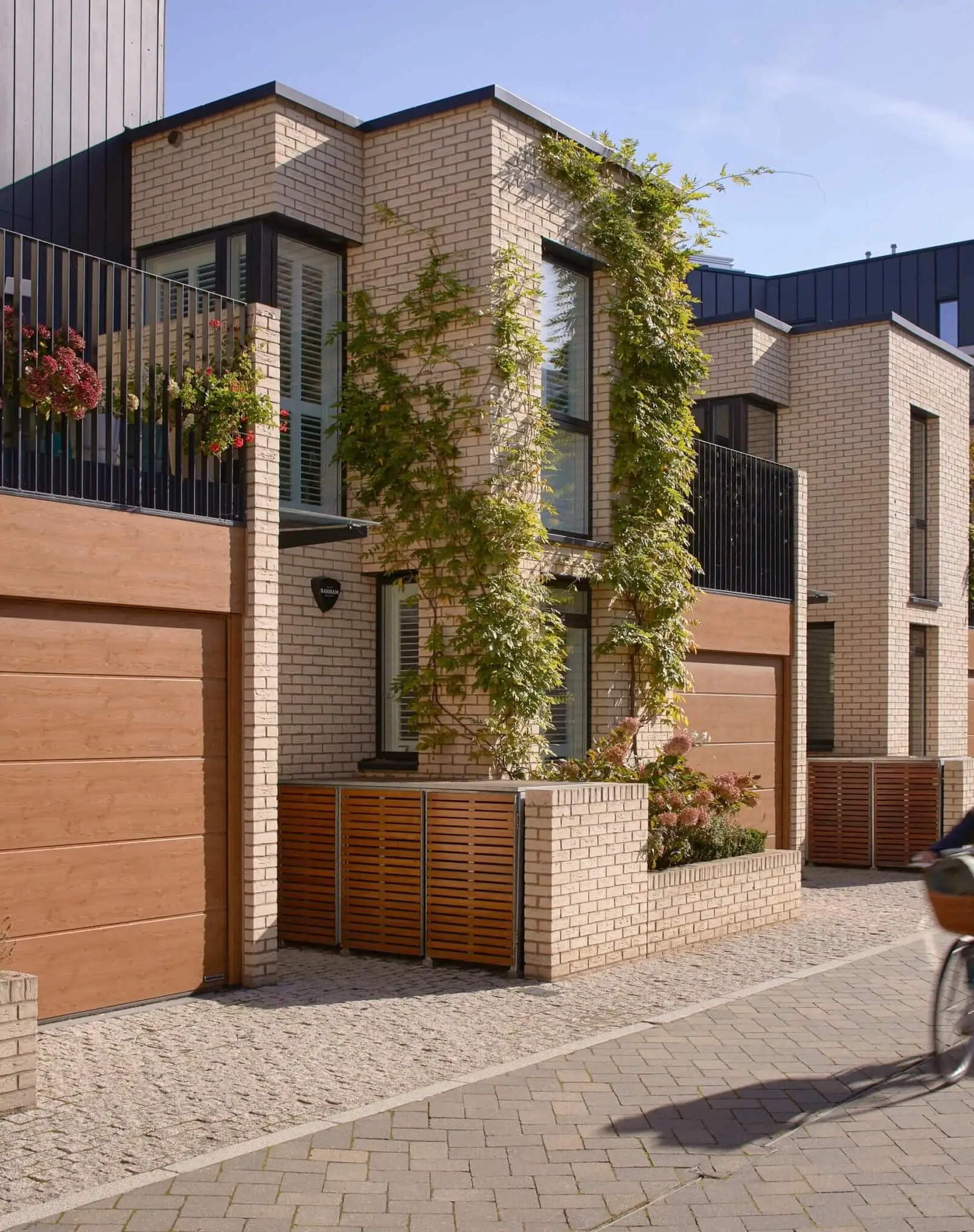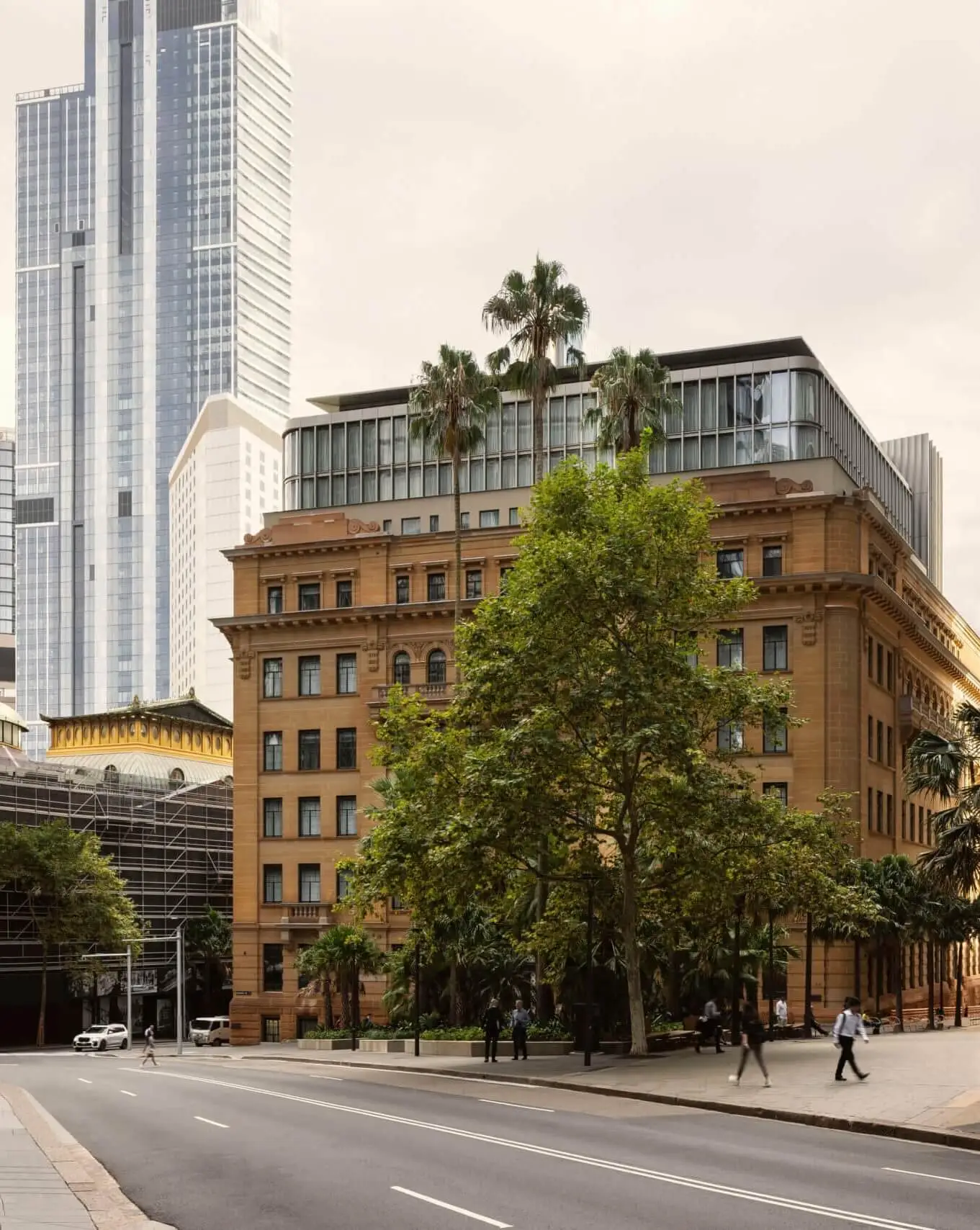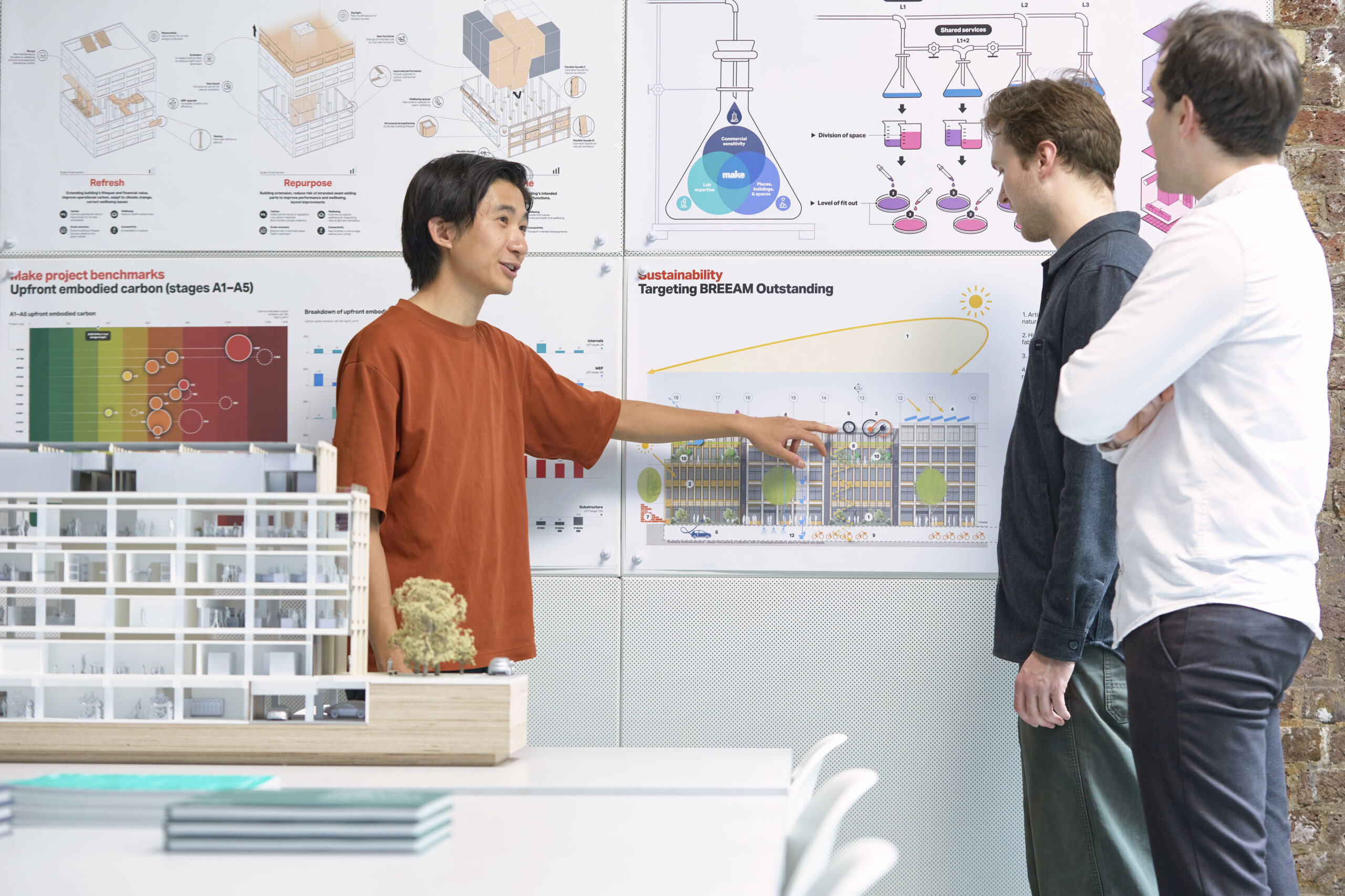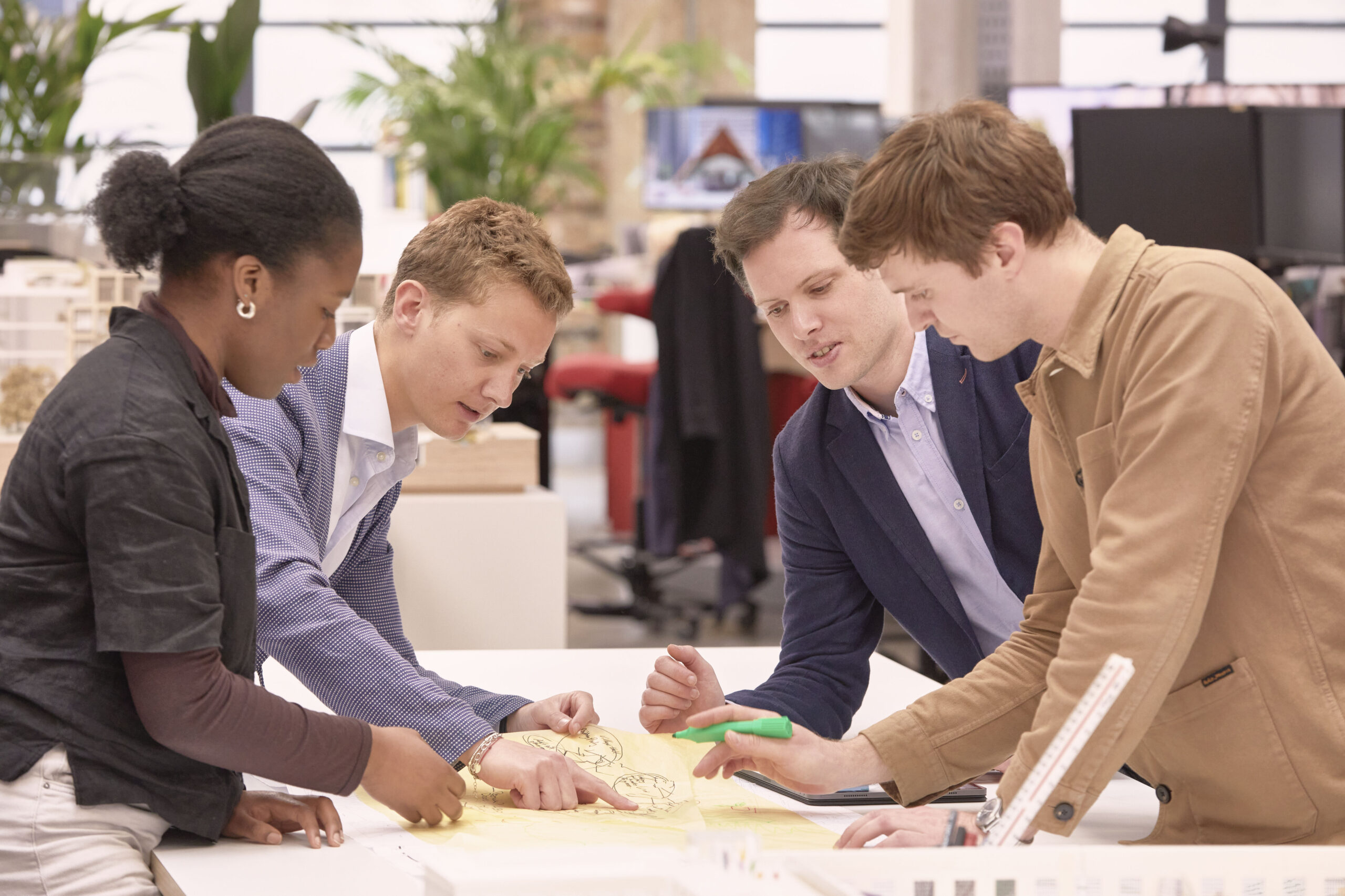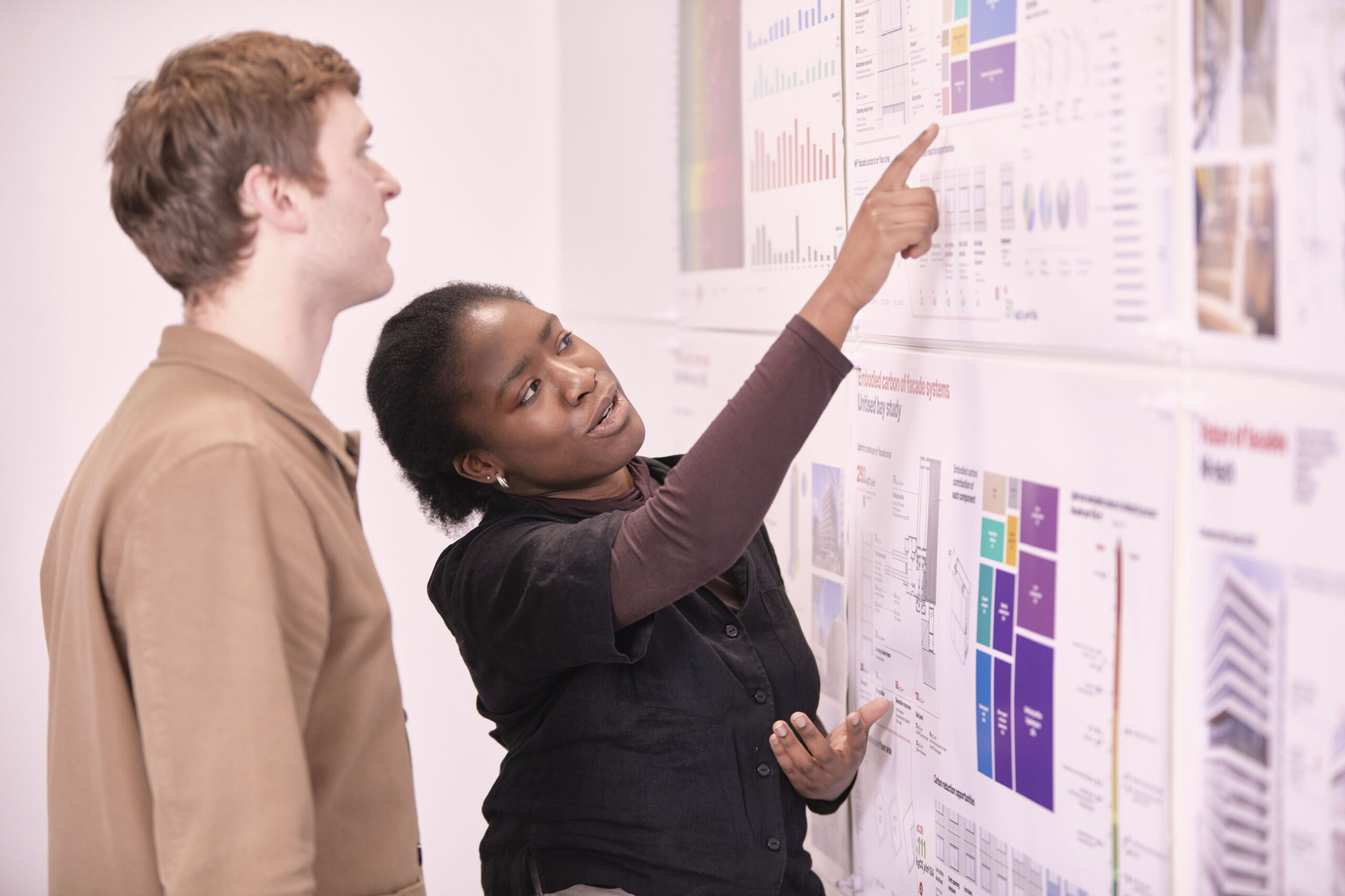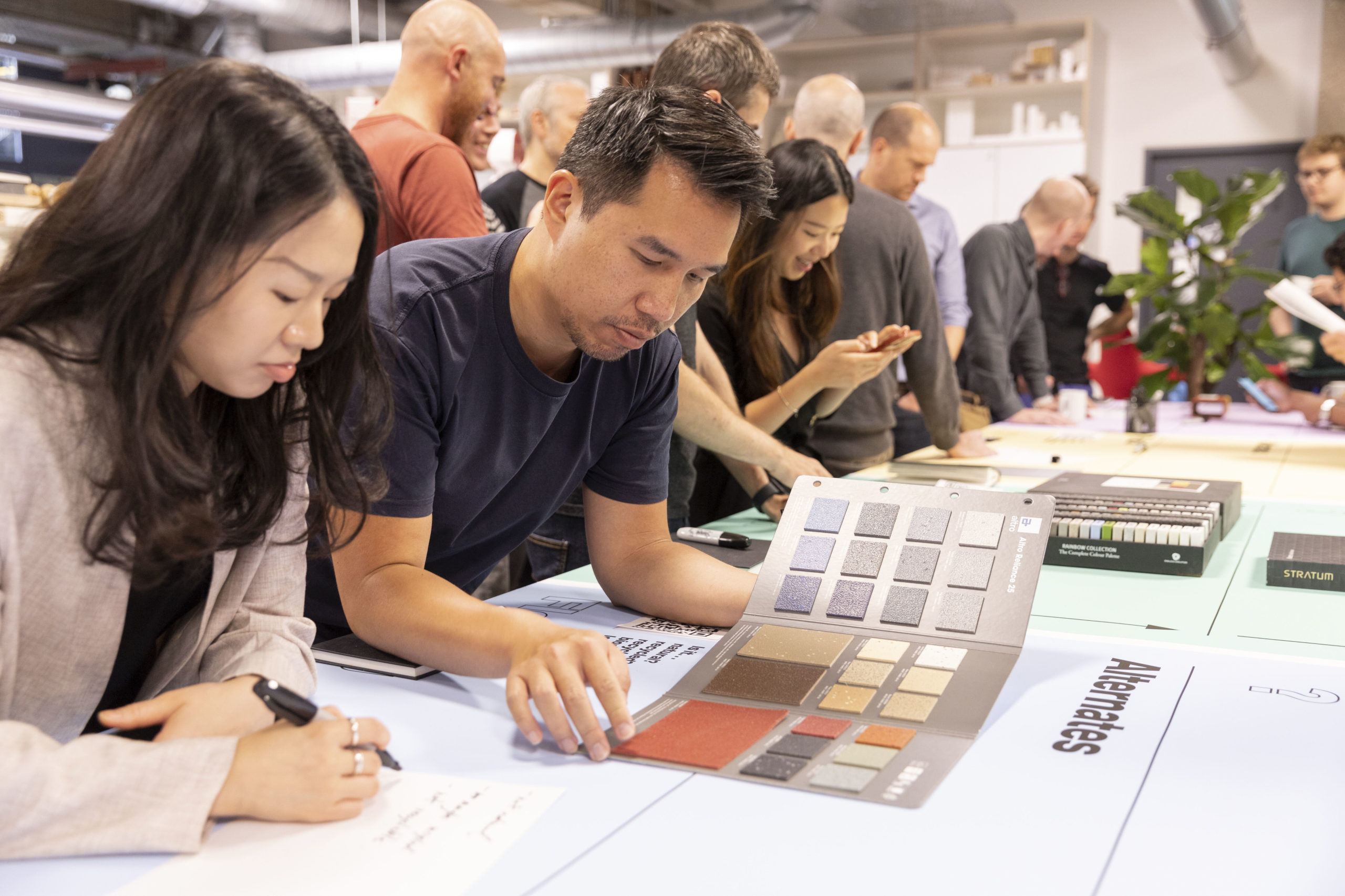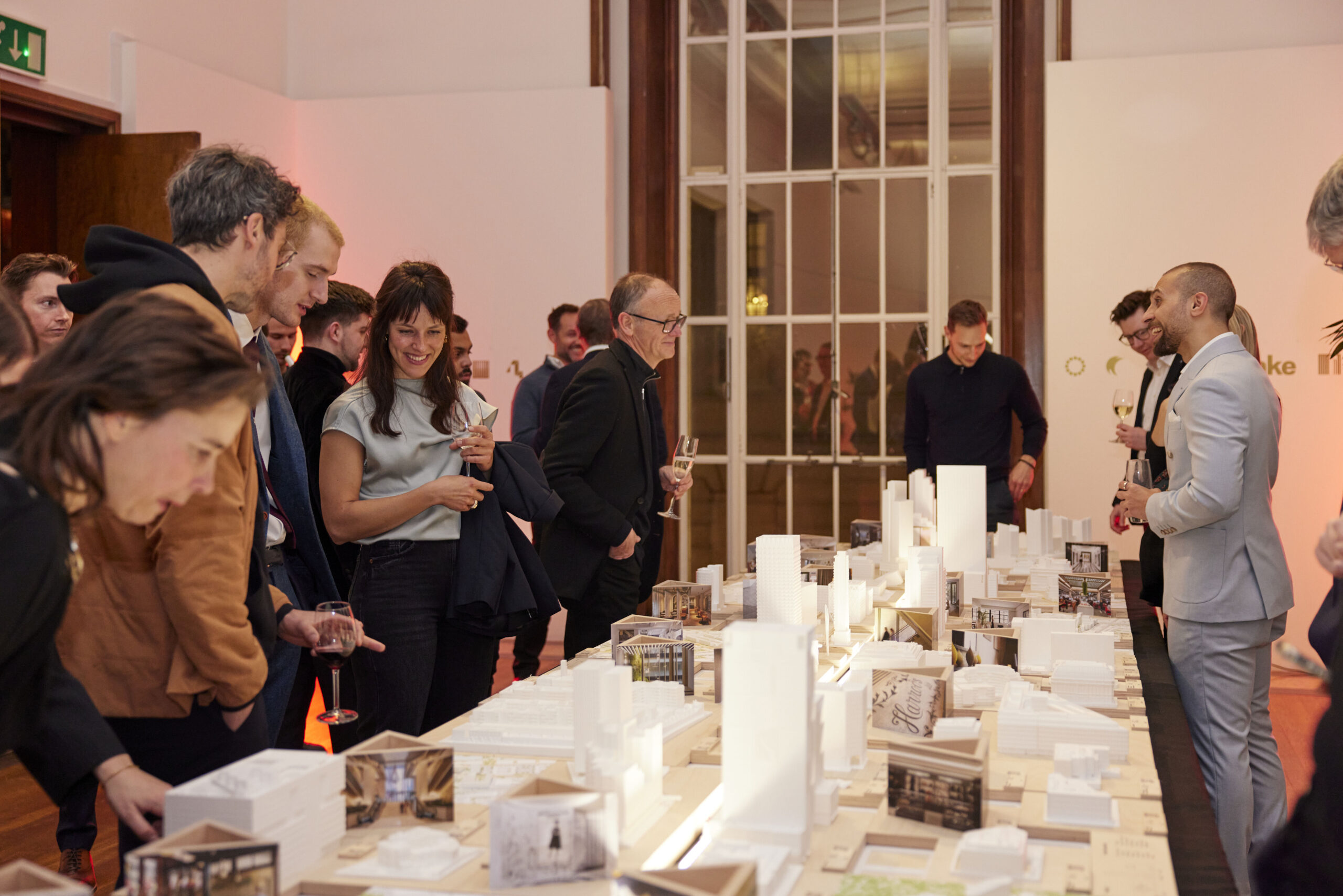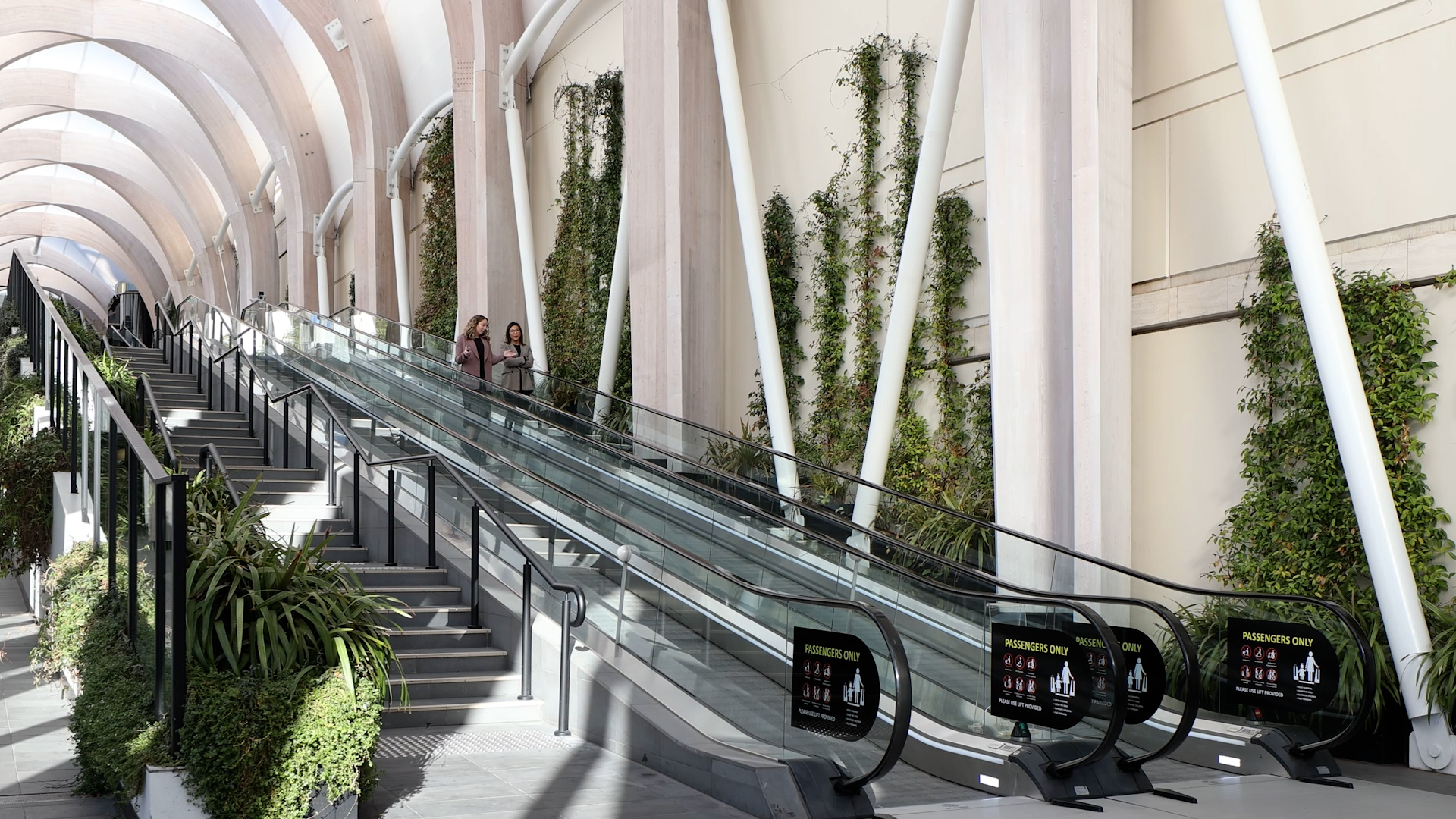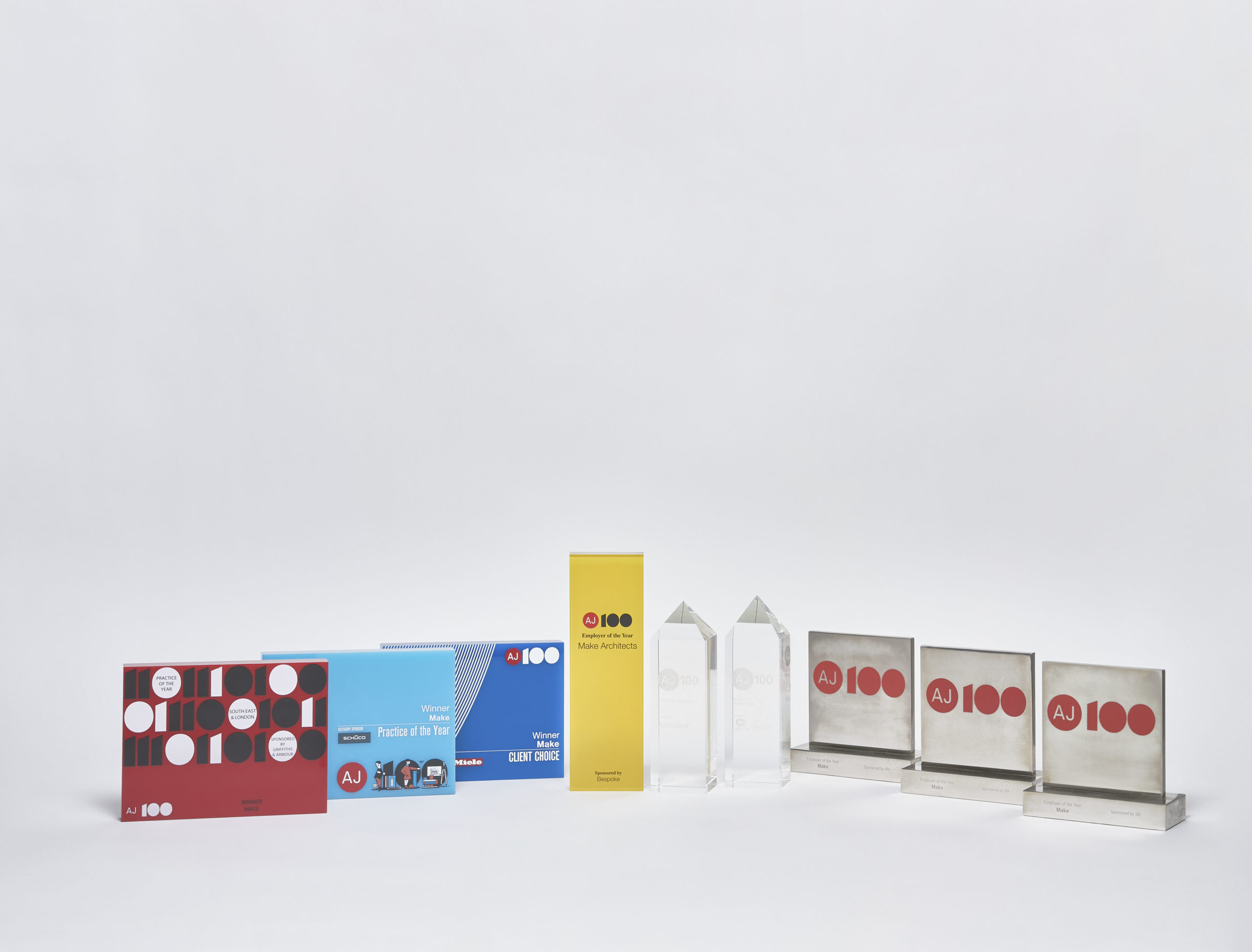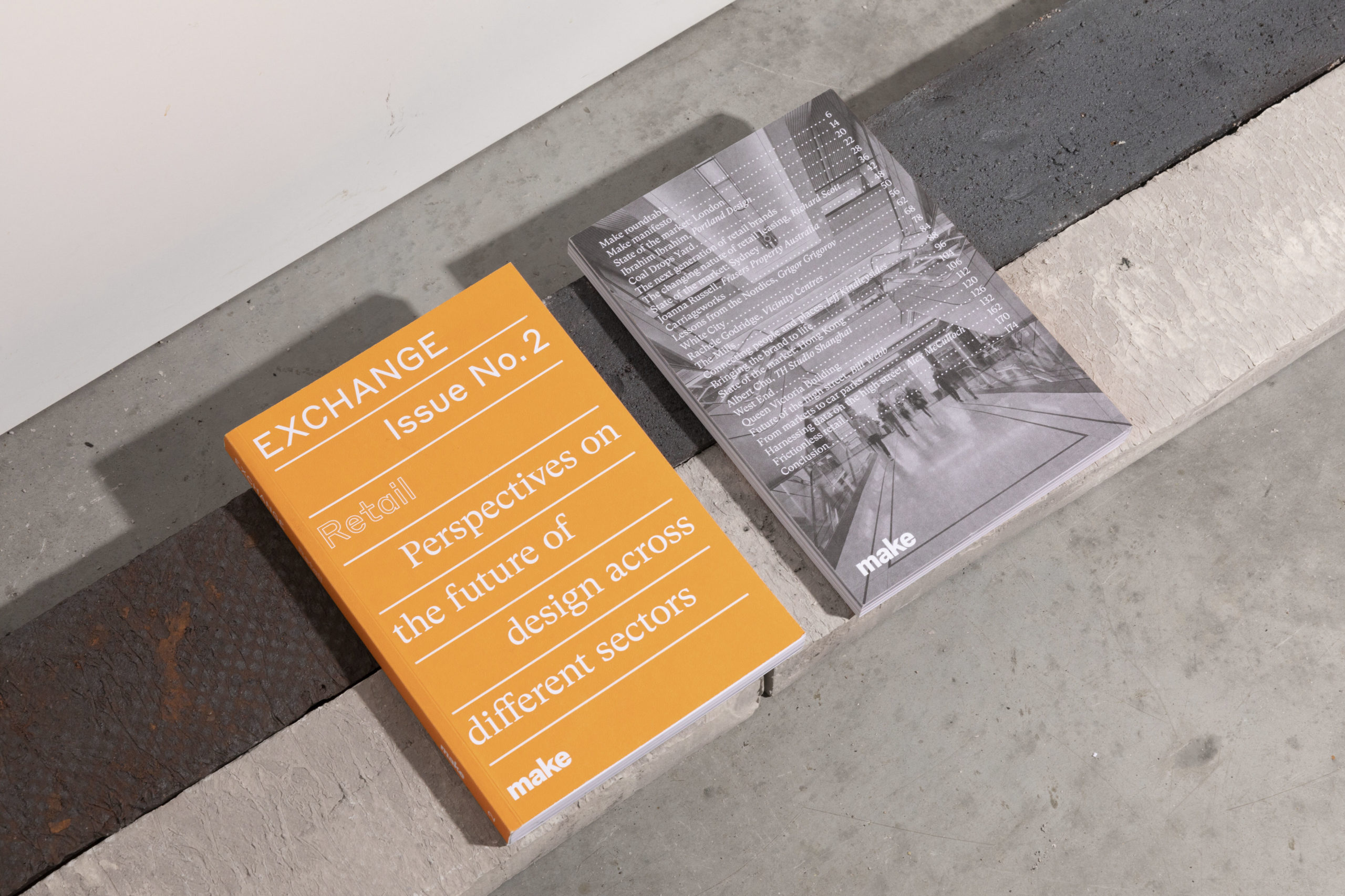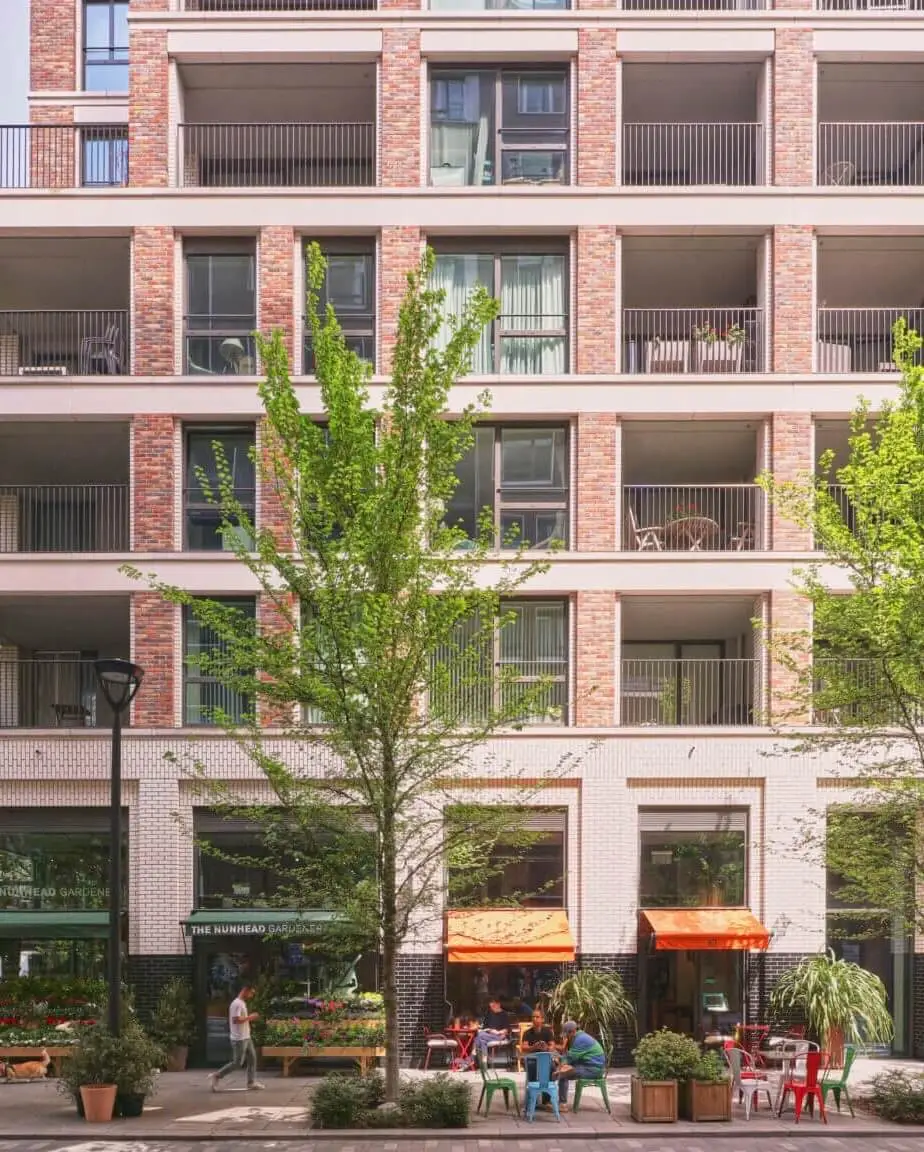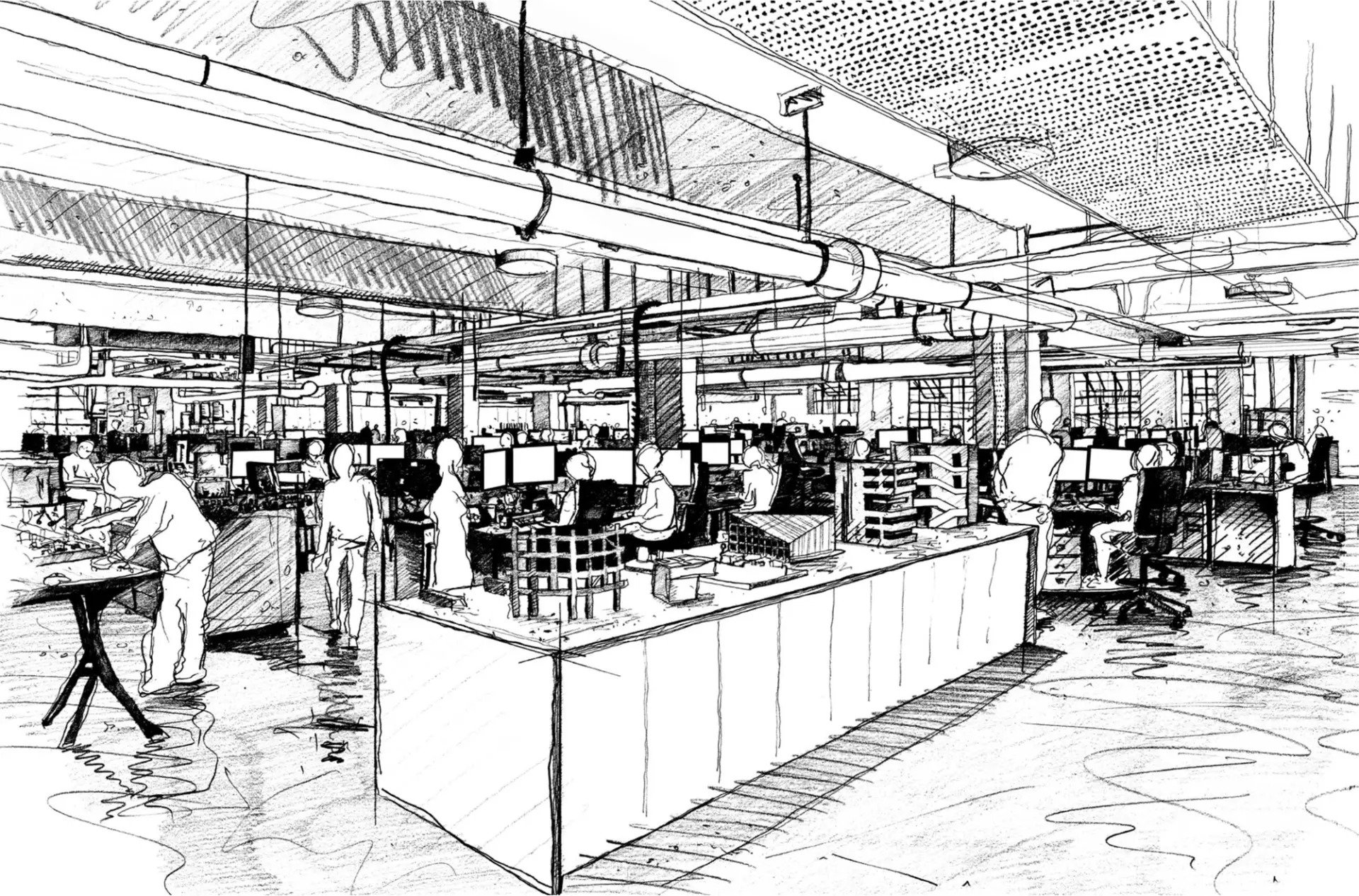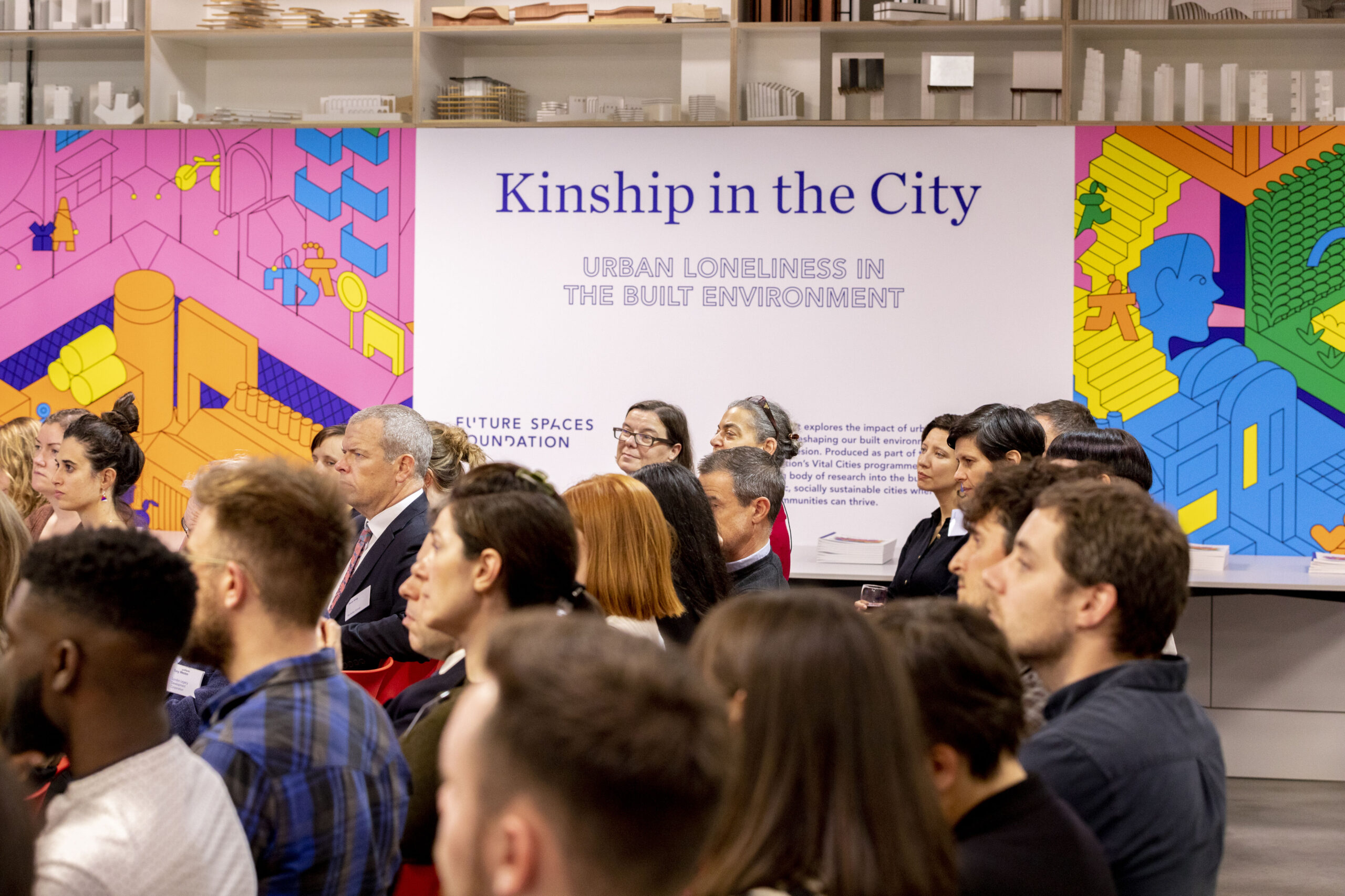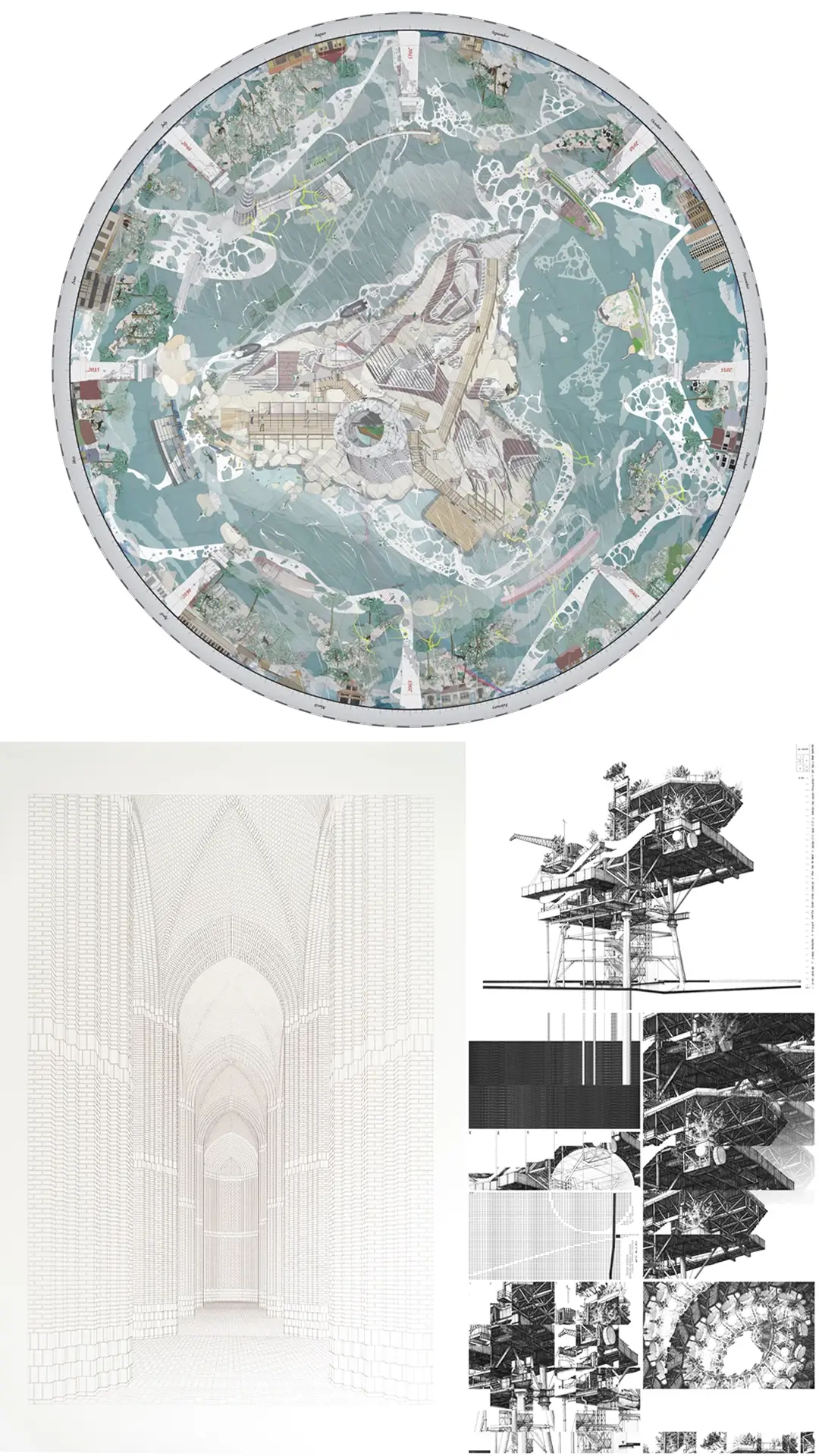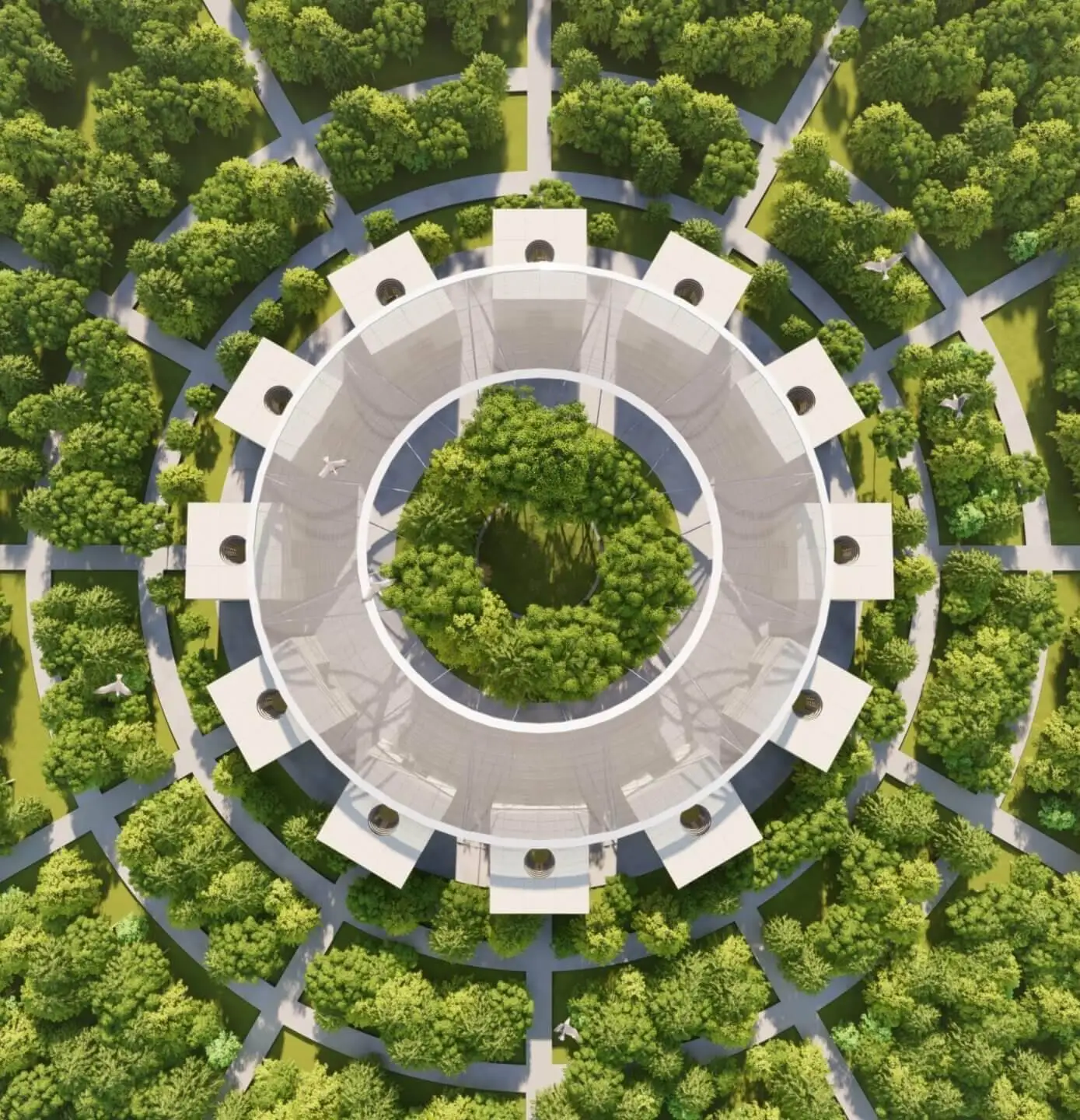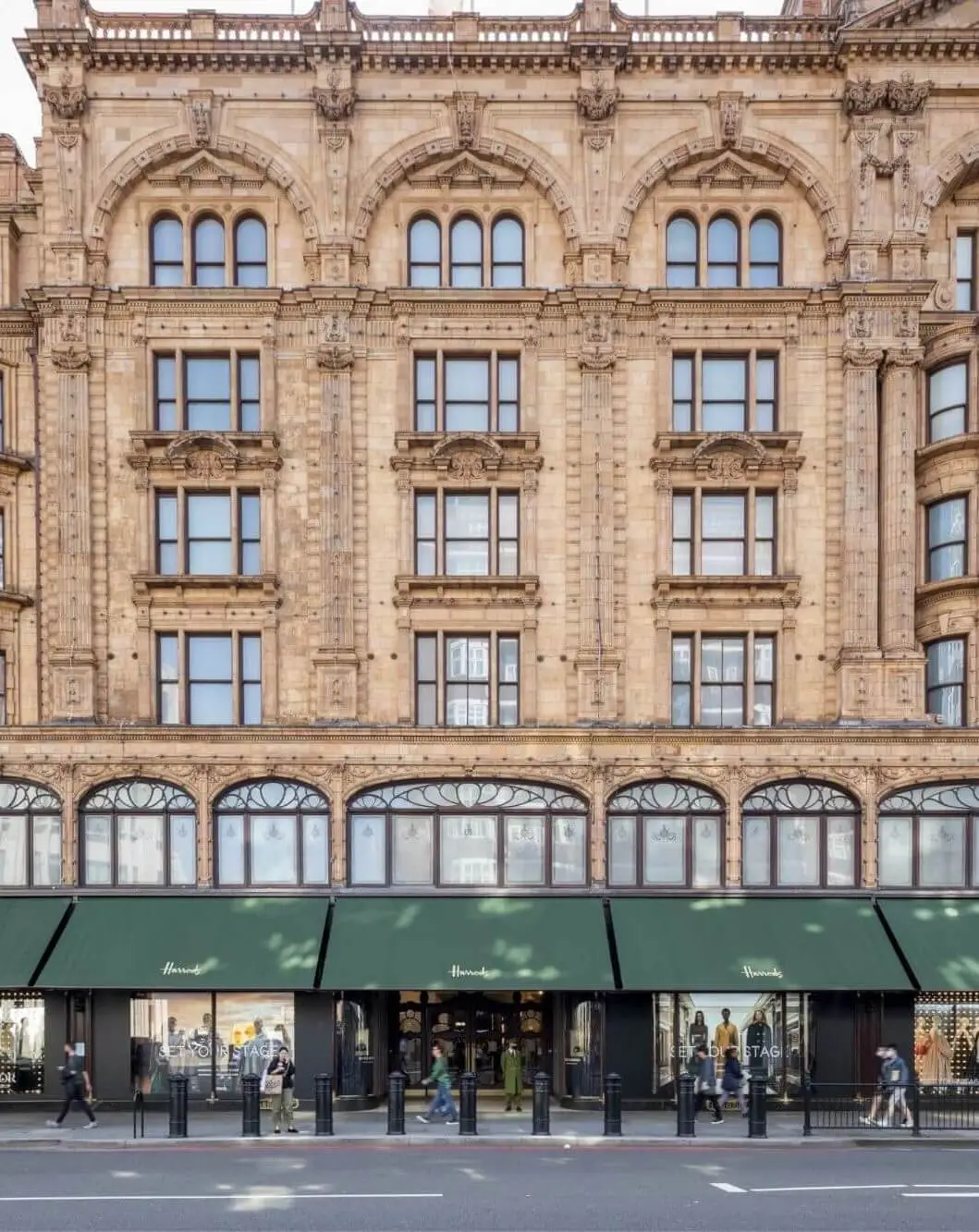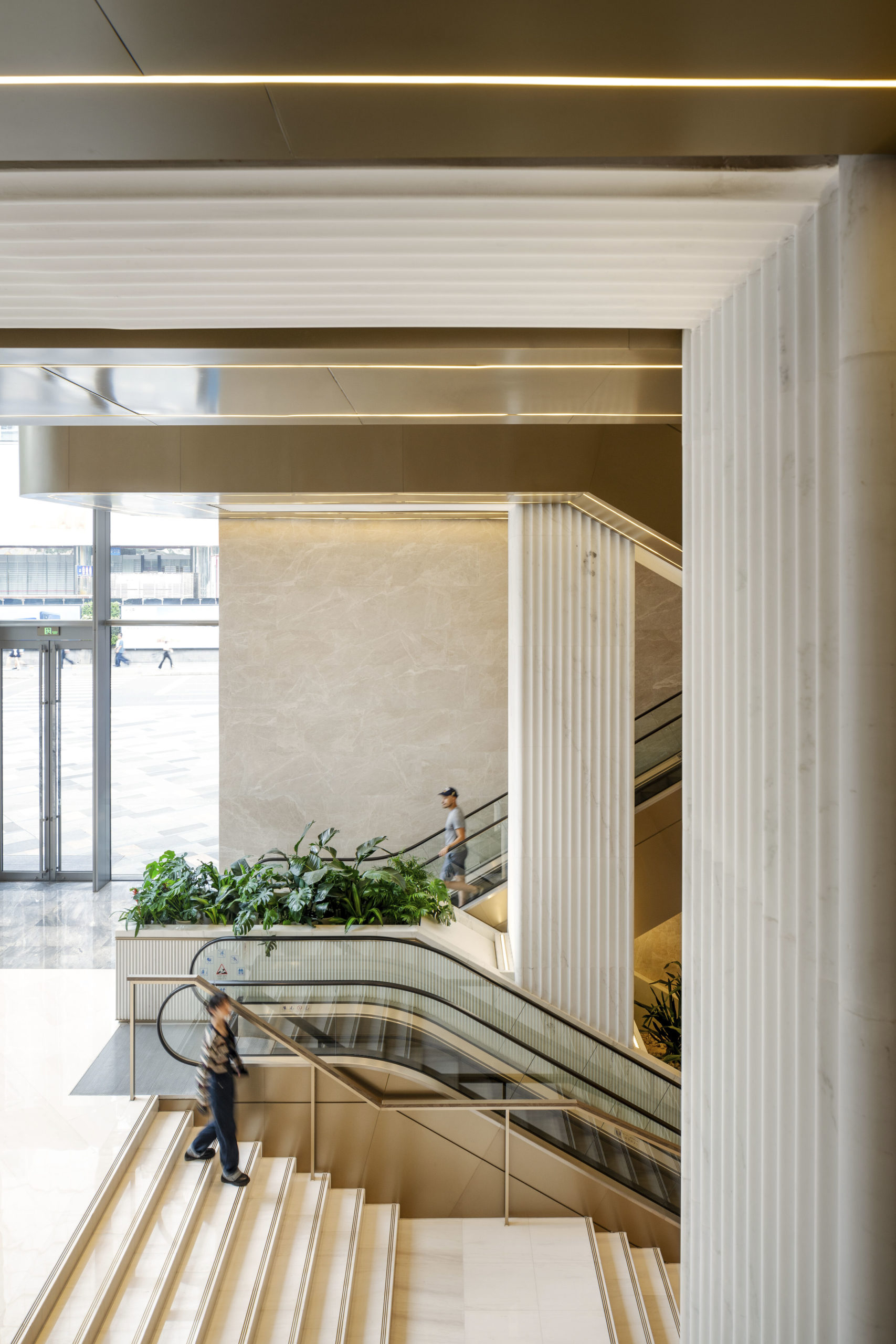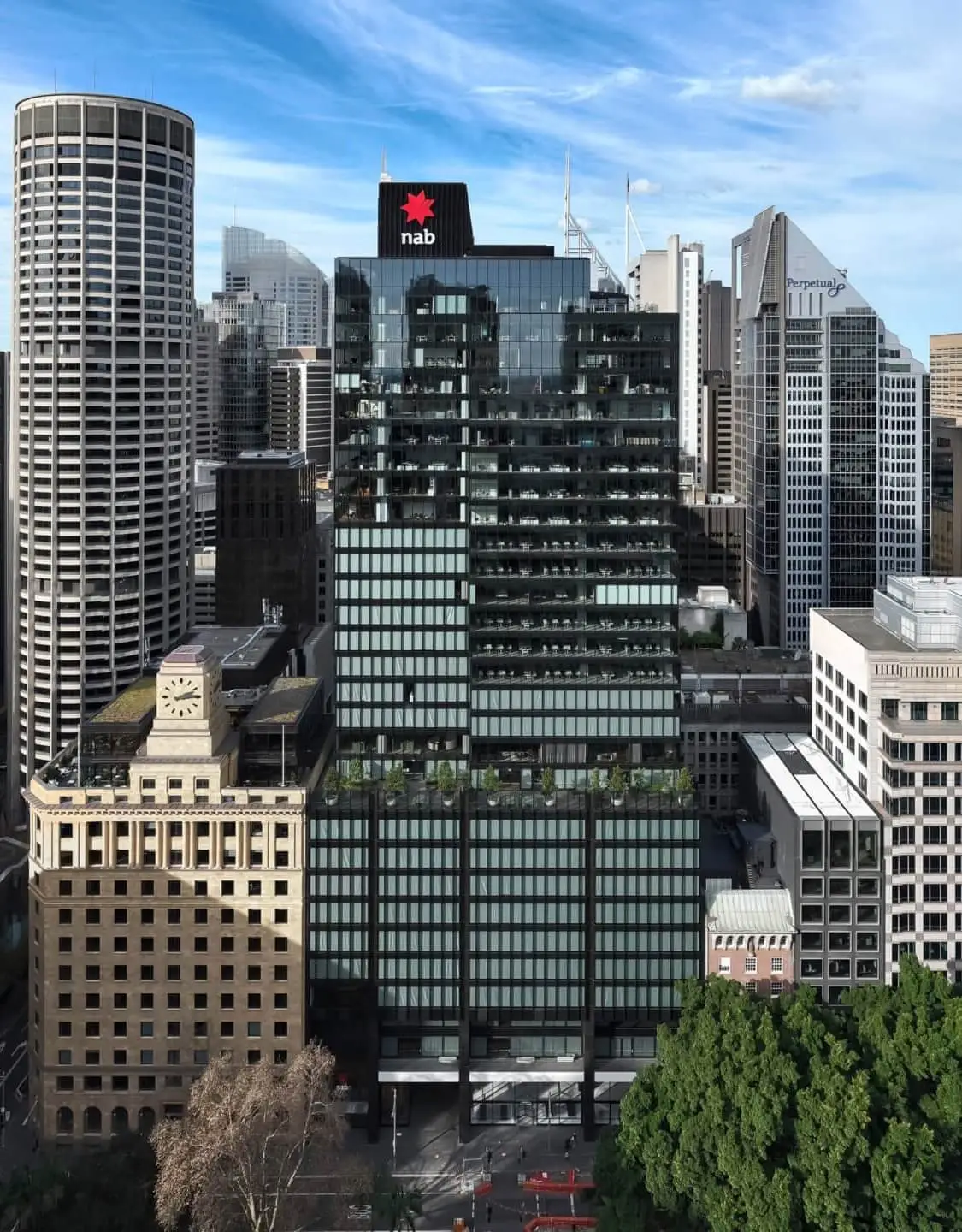
Cyberwall installation made with Iris Ceramica Group's eco-active ceramics for the Architecture Venice Biennale 2021.
Looking at the latest Venice Biennale, it’s clear that this theme has become more and more central for the current artistic scene. But what about design and architecture? It is a fact that from the 1950s onwards, the leading ceramic companies started to work jointly, not only with designers but also with artists and architects, to produce an organic integration between architecture and ceramics. Miró’s ceramic intervention for the UNESCO Headquarters in Paris was realised jointly with Josep Lluís Sert, one of the leading Modernist architects. His example of integration between traditionally inspired ceramic production and architecture is today internationally followed by several leading architects. Nevertheless, Miró’s ceramics were all produced by a craftsman, whereas in Italy we have at the very same time the perfect integration between architects and several ceramic brands working with artists to realise their designs. This tradition is represented by a new generation of architects who brilliantly integrate ceramic tactility and its vibrant colours to conceive a more sustainable architecture. Thus, the architecture of the future becomes bywords of the landscape, introducing elements that are in dialogue with nature, providing sustainable solutions across the entire ecosystem.



Every day, we are committed to creating designer surfaces and coverings with high-tech characteristics, something that we also fostered in our eco-active material Active Surfaces (presented at the Architecture Venice Biennale in 2021). This was a collaboration with a vibrant group of artists and architects intended to give life to a new idea of ceramics that is both of our time and hygienic. Ceramics go beyond the craft industry to effectively become art objects, and at the same time they are pioneering examples of innovative and eco-compatible surfaces, produced in high-end plants with natural materials using renewable energy sources. Our vision is to re-engineer ceramics, obtain the best material in the world and create solutions aimed at improving human-environmental interaction.
Yet, the only way to honour the long history of this material is to celebrate its contemporary character by exploring its integration with art, craft, design and architecture. An old material for a new vision of our world. New ceramics for a better future. In this equation, the power of drawing is a kind of marvel. Our hands can perfectly combine the process of design and thought. This simple act makes it possible to move between the worlds of matter and thought, bringing to life ideas and making them into something buildable.
The Architecture Drawing Prize is a brilliant opportunity to demonstrate the genius of people and the desire to experiment. Hence the importance of the Prize: it assumes a prominent role in reflecting architectural creativity.
